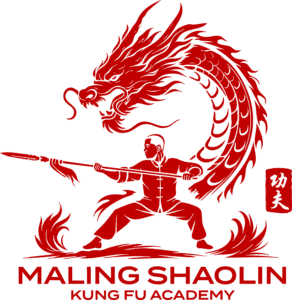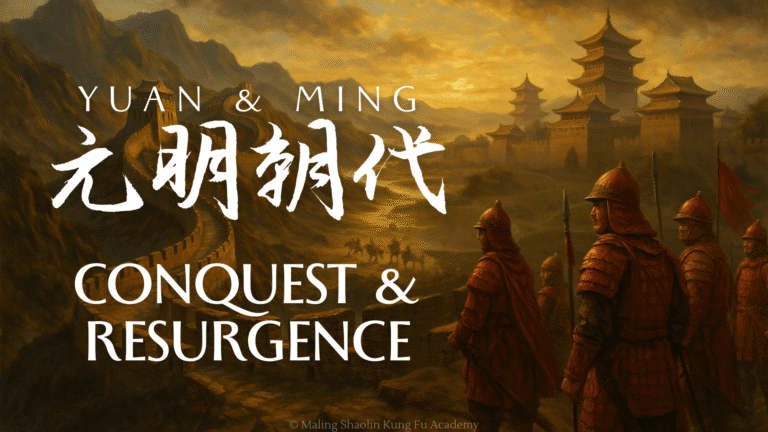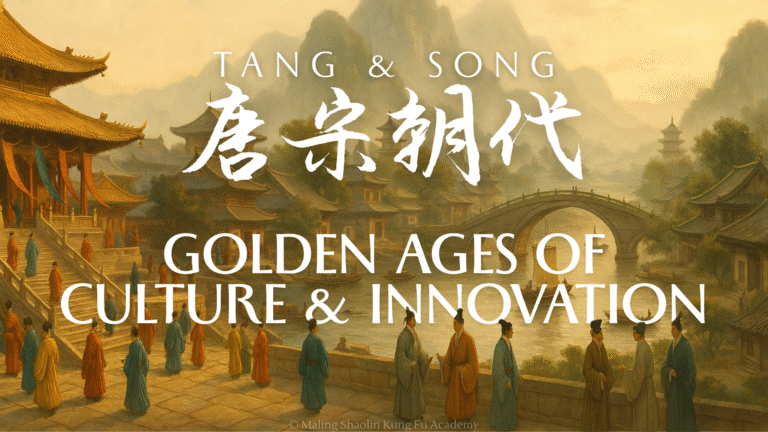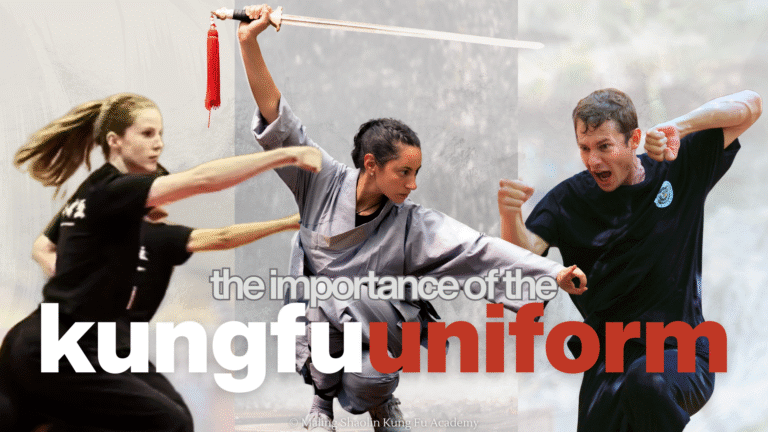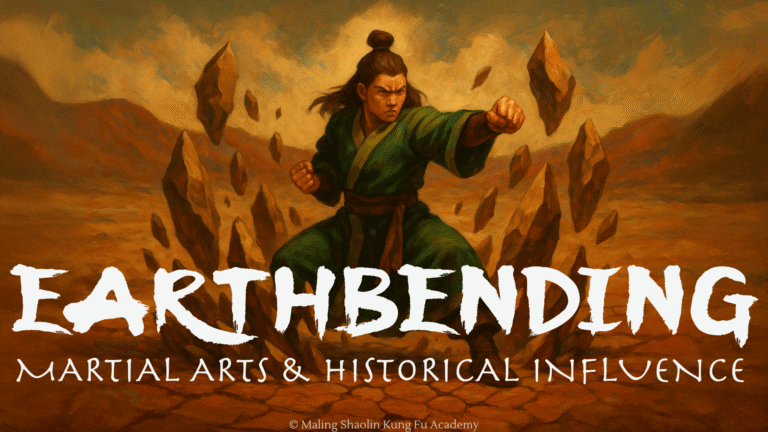The Real Martial Arts and Inner Discipline Behind Firebending in Avatar: The Last Airbender

Firebending in Avatar: The Last Airbender isn’t about rage — it’s about rhythm, breath, and control. From Northern Shaolin’s explosive strikes to Southern Dragon Kung Fu’s coiling power, this article explores how real martial arts, philosophy, and cultural history ignite the essence of fire.
